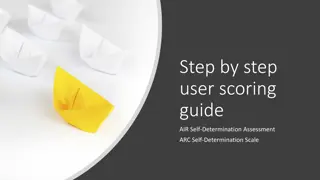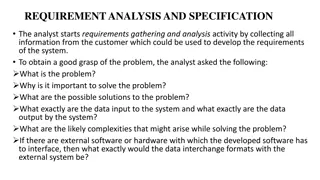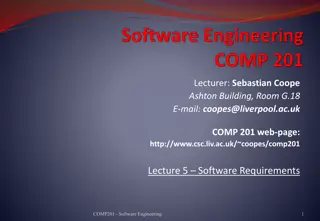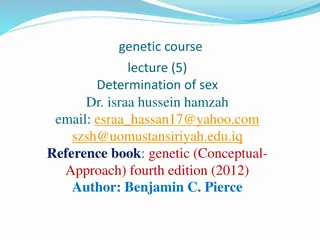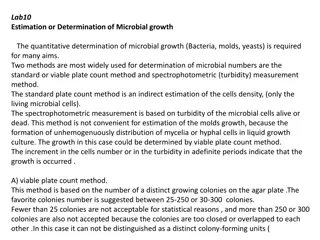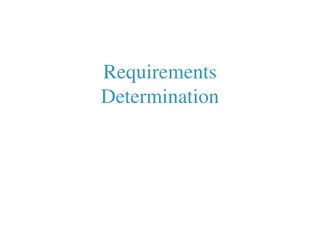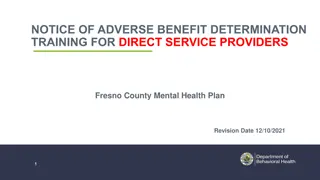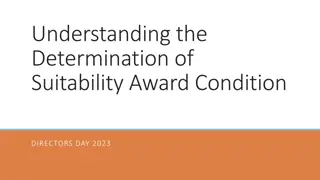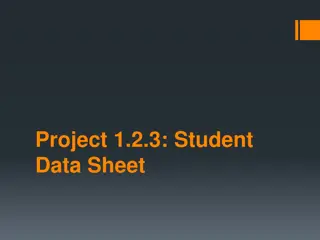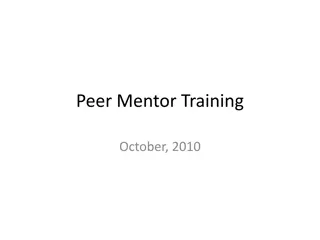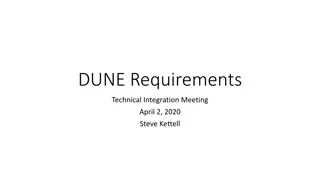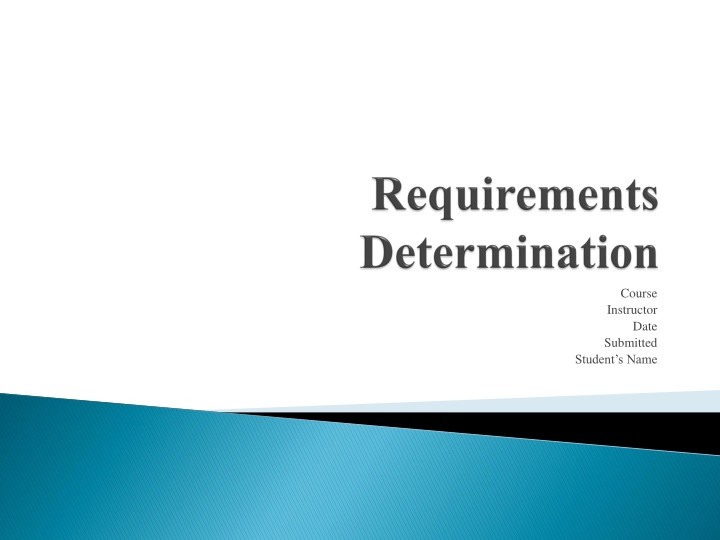
Effective Strategies for Requirements Gathering in Information System Development
Learn about effective methods for gathering requirements in information system development, including interviews, observations, analyzing documents, and prototyping. Discover how these approaches can help identify gaps in the current system and inform the creation of a new system for business organizations.
Download Presentation

Please find below an Image/Link to download the presentation.
The content on the website is provided AS IS for your information and personal use only. It may not be sold, licensed, or shared on other websites without obtaining consent from the author. If you encounter any issues during the download, it is possible that the publisher has removed the file from their server.
You are allowed to download the files provided on this website for personal or commercial use, subject to the condition that they are used lawfully. All files are the property of their respective owners.
The content on the website is provided AS IS for your information and personal use only. It may not be sold, licensed, or shared on other websites without obtaining consent from the author.
E N D
Presentation Transcript
Course Instructor Date Submitted Student s Name
Through interviewing and listening to people who would be using the system to gather information about it and to understand the organizational policies, expectations and direction. By directly monitoring and observing the current system and its users to understand how it works and identify potential gaps. Through analyzing documents, reports and procedures that could be useful in understanding the current system and that can tell one about the new system s requirements.
Apart from interviews and observations, other approaches for requirement determination include analysis of documents and procedures and directly monitoring users. Interviews and observations are primary approaches used by analysts to collect information, opinions, facts and speculations about the information system from the people while looking out for their body language and emotions (McAllister, 2006). Analysis of documents and procedures involves a thorough examination of the organizational documentation and system to gather more information about the organization and the system. Directly monitoring users involves more than just interviewing them. It involves augmenting what they tell you with watching them at work and how they behave in the environment.
For the proposed information system for the business organization, the approach that would be more appropriate is analyzing documents and procedures in the organization. Organizational documents such as business plans, mission statements, previous organizational studies, reports, job descriptions, policy manuals and organizational charts often have a lot of information about it and its information system (McAllister, 2006). With this approach, it is easier to identify issues with current system and pinpoint all the gaps that could act as great opportunities for creation of the new system.
Prototyping is one of the requirements gathering techniques. A prototype signifies the shell of an original production application and it is often created in the early stages of the development lifecycle to offer insight to the flow and visual representation of an application instead of its complicated business logic (Beaudouin-Lafon & Mackay, 2009). One of the basic steps of prototyping involves identifying basic requirements such as the input and output information that are anticipated for the system and this is how it helps visualize data/requirements gathering (Beaudouin-Lafon & Mackay, 2009).
Beaudouin-Lafon, M., & Mackay, W. E. (2009). Prototyping tools and techniques. In Human-Computer Interaction (pp.137-160). CRC Press. McAllister, C. A. (2006). Requirements determination of information systems: User and developer perceptions of factors contributing to misunderstandings. Capella University.


![❤[PDF]⚡ Zee Zee Does It Anyway!: A Story about down Syndrome and Determination](/thumb/20462/pdf-zee-zee-does-it-anyway-a-story-about-down-syndrome-and-determination.jpg)

